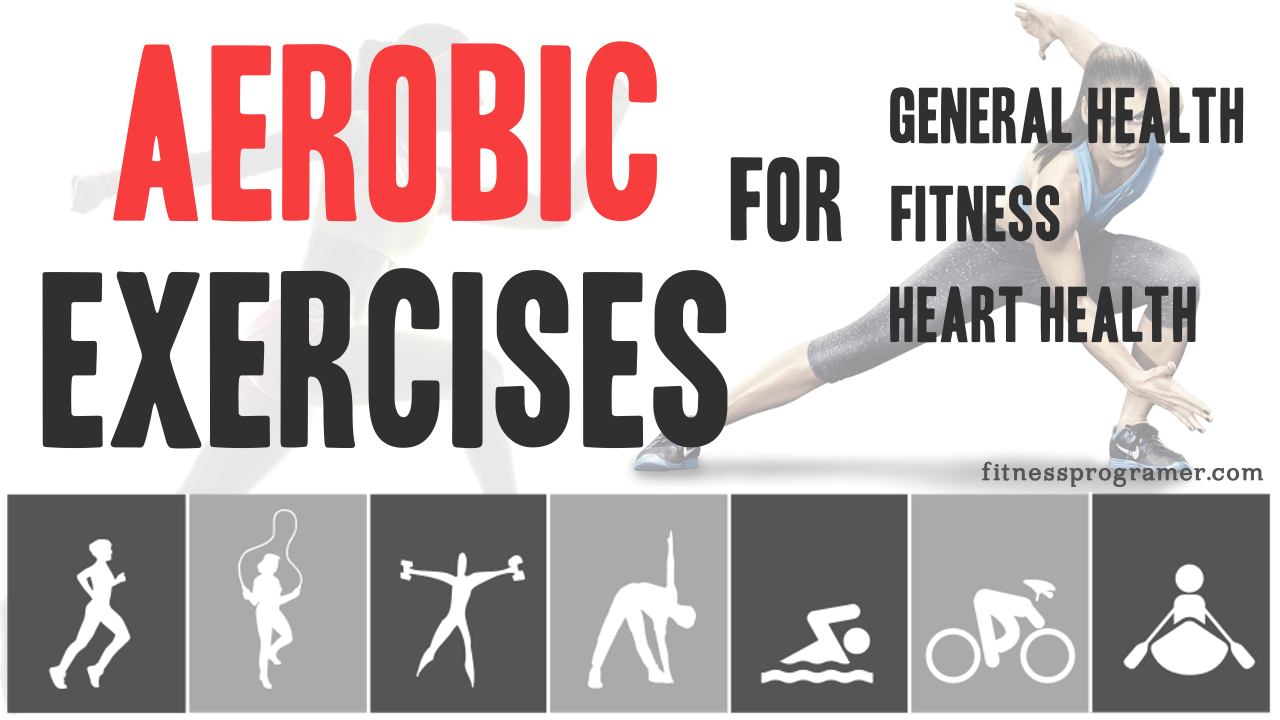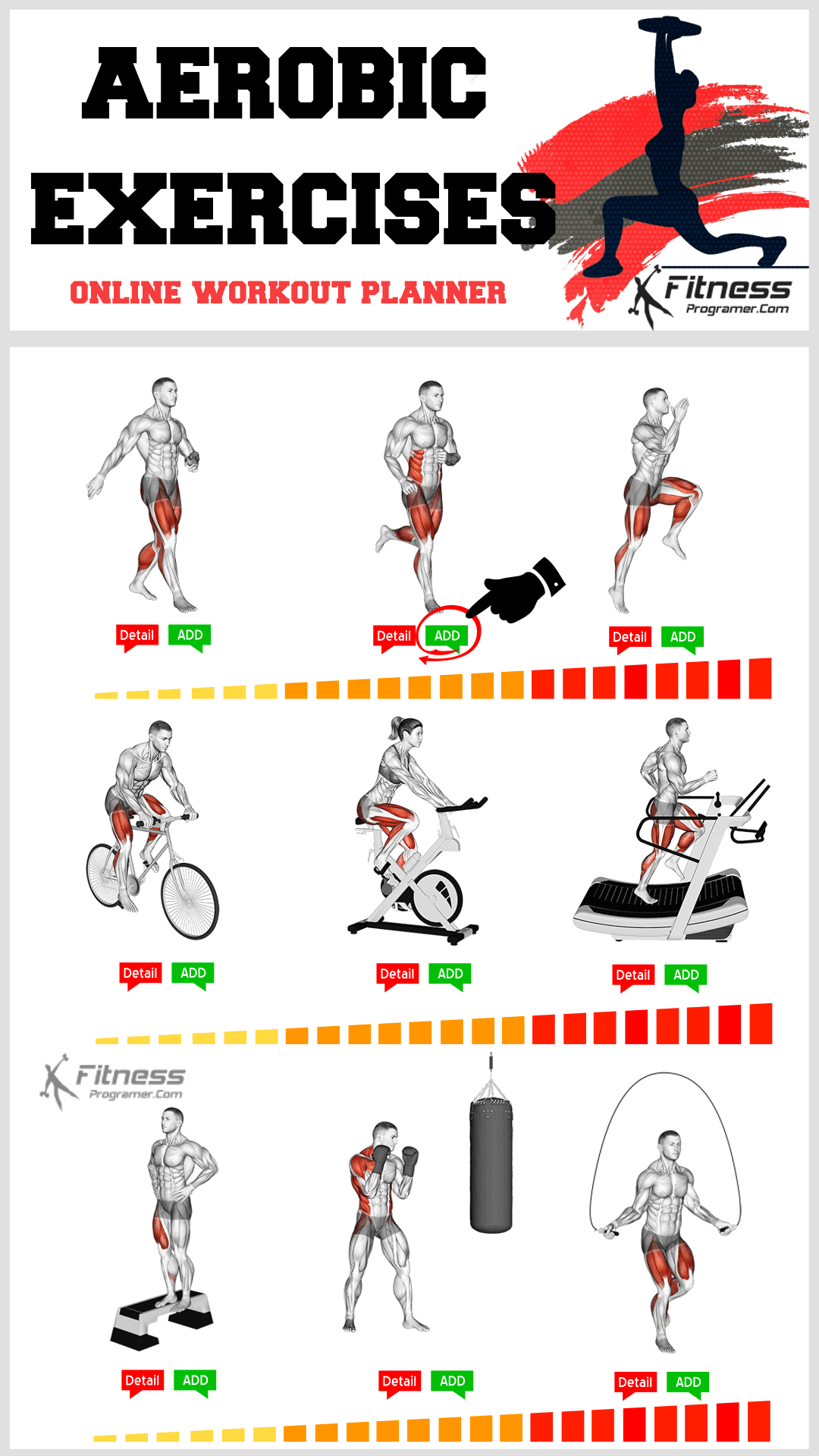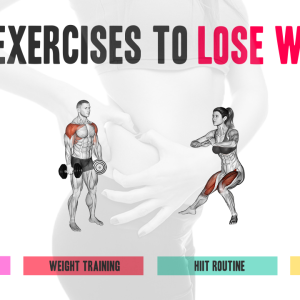Contents
Aerobic exercises, or cardiovascular exercises as many call them, are the most popular ways to burn body fat. Everyone has heard of the benefits of cardiovascular exercises: weight loss, muscle gain, increased endurance, heart health and much more.
But did you know that it can be just as beneficial for your mental health? Not only does working out increase daily performance, but it makes you feel better too.
Aerobic exercises help make your heart stronger and more efficient. During the early part of exercise, your body uses stored carbohydrate and circulating fatty acids for energy. You need to know exactly how to do cardio, though, in order to burn the maximum amount of body fat. If you want to know how to burn the maximum amount of body fat in the shortest amount of time, you need to pay attention to the explanations below.
What is Aerobic?
Aerobic simply means “with oxygen.” Aerobics, also called cardiovascular exercises, are long-term physical activities that increase the heart rate and the body’s use of oxygen.
During aerobic exercise, your body relies on oxygen to convert fat and carbohydrates into usable energy for your muscles. This is why it’s called “aerobic,” meaning “with oxygen.”
The ACSM recommends that adults engage in at least 150 minutes of moderate-intensity aerobic exercise per week.
- 30-60 minutes of moderate-intensity exercise 5 days per week, or
- Vigorous intensity for at least 20 minutes, 3 days a week (at least 75 minutes total).
- A combination of moderate- and vigorous-intensity exercise to achieve the recommended total.
What is Aerobic Endurance?
Aerobic endurance refers to your body’s ability to perform moderate intensity exercises for extended periods of time.
Aerobic exercises presses that the lungs work harder as the body’s need for oxygen is incremented. Due to the fact that the muscles are requiring more oxygen to create energy, the body naturally increases the amount of oxygen inhaled.
Aerobic endurance hinges on how efficiently your heart and lungs work together. Your heart pumps oxygenated blood throughout your body, and your lungs take in fresh oxygen. The better your cardiovascular system functions, the more oxygen reaches your muscles, and the longer you can sustain activity.
When is an activity an aerobic activity?
An activity is considered aerobic if it meets two main criteria:
1. Increased Heart Rate and Breathing: Aerobic exercise induces a significant increase in heart rate and breathing frequency compared to resting levels. The aerobic heart rate zone is the range of heartbeats per minute (bpm) that signifies moderate-intensity to vigorous-intensity aerobic exercise. It typically falls between 65% and 80% of your maximum heart rate (MHR).
2. Sustained Effort: Aerobic activities involve continuous and prolonged effort, typically lasting at least 20-30 minutes. If you can carry on a conversation while you’re doing the activity, it’s likely moderate-intensity aerobic exercise. If you can only speak a few words without needing to pause for breath, it’s considered vigorous-intensity aerobic exercise.
Aerobic workout examples
● Continuous training: It refers to training performed at a moderate intensity and at a steady pace for at least 30 minutes.
● Fartlek training: This is where the intensity of training is varied by running at different speeds or over different terrain. The training is continuous with no rest period.
● Interval training: Refers to a training method followed by a period of work followed by a period of rest or recovery.
● Circuit training: A circuit training is an workout type in which you perform several exercises back to back with little or no rest between sets.
Aerobic exercises and fat burning
Aerobic exercise is basically known as low-intensity cardiovascular activity. The duration of the exercise is longer. Doing low intensity workouts are normally around the 60% range of your target heart rate. For example, 220 – 40 = 180 (maximum heart rate). 180 x 60% =108 beats per minute.
Doing low intensity workouts are easy to do because low intensity cardio can halp you workout longer and great for beginner.
Unfortunately, this is not the best way to burn excess fat. You actually burn more fat as you increase the effort.
There are many studies that have looked at the fat loss effects of aerobic activity. Most show a small positive benefit, but one that is far less effective than modifying dietary intake.
These studies have been mostly done on obese or sedentary people and involve amounts of exercise generally of between 2-4 hours per week. The truth is that if you are not intending to do more than 2-4 hours of aerobic activity per week, then you are unlikely to lose much weight as a result, unless you also significantly modify your diet.
However, that is not to say you shouldn’t do it.
Most studies also show that physical and psychological health both benefit significantly from this small amount of exercise when compared to doing nothing. Larger amounts of more intensive aerobic activity are generally more effective at achieving weight loss.
Aerobic Exercises
Here are best aerobic exercises to increase your physical fitness that you can include in your daily regimen.
1- Walking

While there are a lot of fad exercise programs out there, walking is one of many exercise routines that can bring positive results. It’s easy to do and it actually works. The key is knowing how to do it right.
The first step is to go for long distances; about an hour a day, 5 to 6 days a week. If this is too much for you, try three days a week, 30 minutes a day and work your way up. If you can only make it 20 minutes, then walk 20 minutes. If you stick with it, you’ll soon find that you can achieve 30 or 40 minutes. If you do it every day, you’ll reach that hour mark in no time.
The second step to getting a good workout is to pick up the pace to keep your heart rate up. Once you’ve hit your goal of one hour, try increasing it a bit more. Go a little farther than you did the day before, while still staying within the hour timeframe.
Another great way to keep up your heart rate is to alter how fast you go. For example, start at a normal pace for a minute or two; then go as fast as you can for a minute. After that minute just repeat the process. This will maintain a good heart rate without wearing you out.
2- Running
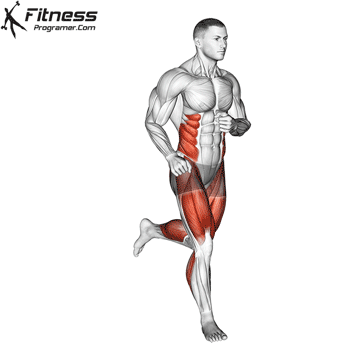
Running is one of the best aerobic exercises for your cardiovascular health.
We all know running is a great way to lose weight, but did you know that if you ran at 10 mph, you can burn almost 1000 calories per hour? This makes it one of the effective methods of getting rid of extra pounds.
Before you get started, you must remember that if you’re serious about starting this program you need to do it right. Here are just a few tips to help you out.
If you’re just starting a program, or you’ve been inactive for a long period of time, you should gradually ease yourself into it. Start slow; eventually, you can build up to longer distances at faster speeds. You’ll eventually want to go as fast and as far as you can to burn the largest amount of fat, but you should never attempt to go any farther or faster than you’re comfortable doing.
3- Bike Riding
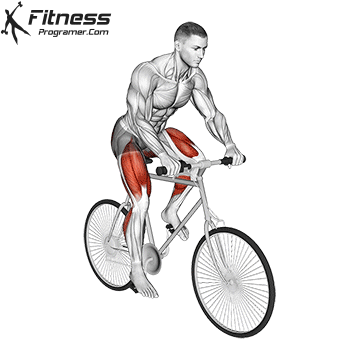
Bike riding is one of the best exercises to improve fitness and increase endurance.
Bike Riding is not only a wonderful activity, but as an exercise routine it can’t be beat. Everyone needs between thirty minutes of aerobic exercise at least three days a week.
With several speeds, you can increase you fitness level as your cardiovascular function improves. Begin by riding at an easy speed over even ground. If a challenge is what you desire, change your terrain.
This activity also whips those leg muscles into shape. For muscular endurance, stick to a flat terrain, but adjust the speed as your strength improves. To avoid cramping, stretch thoroughly before and after each bike ride.
If you are looking to increase muscle definition, vary your terrain. Steep hills are great for working the quadriceps and hamstrings.
Riding a bike is not just for kids. The physical benefits increase as you get older. Besides, it’s just plain fun. So, get moving!
4- Treadmill
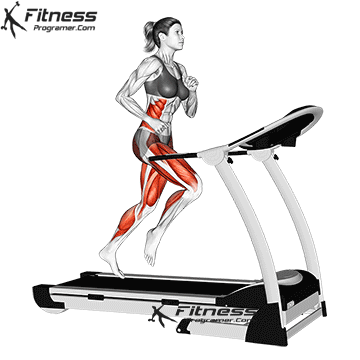
If you want to lose weight and have a great body, you can exercise to lose belly fat or run on the treadmill every day.
You can run outdoors. Of course, outdoor running has its own pleasure, you can see the river, the sky, and the fresh air. However, it also has many potential risks of unexpected accidents. Especially running outdoors in the rainy season or winter is not a very interesting thing, isn’t it? Moreover, if you have the habit of running while wearing headphones to listen to music, running outside maybe not be safe for you.
Don’t worry! Running on a treadmill will solve these problems for you. It can help you control your running speed and no need to worry about unexpected accidents on the street or bad weather. Besides, exercising on a treadmill at home will help you follow your running plan.
5- Swimming

Whether you swim laps or do aerobics in the shallow end, swimming is an ideal exercise.
Swimming is a great method for exercising and is widely recommended for losing weight because it doesn’t require much effort. Swimming is not only good for losing weight, but it’s also good for your body and skin. It’s also a great source for stress and anxiety relief.
Aquatic exercise and therapy are used to treat and prevent several physical ailments. In addition to its therapeutic role, there are several aquatic activities that are very popular for recreational purposes. An individual’s ability to swim and feel comfortable in the water creates opportunity to get involved in other water sports such as kayaking, canoeing, sailing, and water skiing.
Be sure to have a planned schedule to do a couple of laps in a pool, and with a good diet, you are bound to melt the fat right off.
6- Indoor Cycling and Spinning
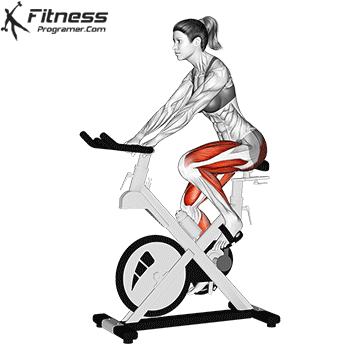
In 1989 the indoor cycling began and spinning is right now one of the most practiced exercise classes at the gym. Perhaps it’s because you don’t require special skills to practice; perhaps it’s because a 45 minutes class can burn 500 calories or more-a major but low-impact workout that suits people of all ages.
The other benefits of cycling are the mental aspects of it: spinning classes provide videotaped rides with fantastic landscapes, soothing music and encouragement, all with the benefits of workout out in a group of likeminded exercisers.
7- Dance or Zumba
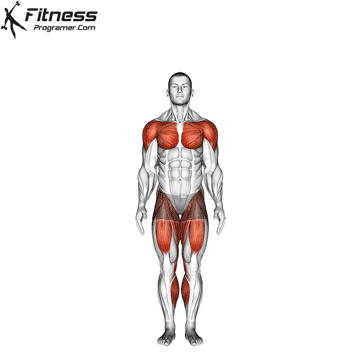
First, dancing is an exercise. No one wants to admit that, because it is so much fun when you are doing it. Moving your body in successive motions for a certain period of time is essentially physical exercise. Endorphins are secreted during such activities. They increase well-being and improve mood. These substances also promote clarity and focus.
Dancing has long been a form of self-expression. It might be ballet, ballroom dancing, zumba, salsa or hip hop. Movement can express what we feel inside but can’t seem to get out any other way.
Negative energy can change your entire outlook on life. It can lead to low self-esteem, lack of confidence, anger issues and antisocial behavior. None of these are productive and can harm a person.
Dancing allows the body to move in different ways, releasing negative energy and tension from the muscles and the mind. A person in shape is better able to combat negative energy and turn it into a positive. It doesn’t matter what form of dance you participate in so long as it speaks to your need to embrace positive thoughts and energy.
There are many benefits to taking part in a form of dancing that will appeal to you. Such movement also releases stress. Stress can cause internal changes in our bodies. People who suffer from chronic stress are typically more tense and prone to negative thoughts. Stretching the muscles of the body as you dance, releases that tension in the muscles.
Over time, dancing can help you to lower your heart rate and increase your endurance.
8- Step Aerobics Exercise
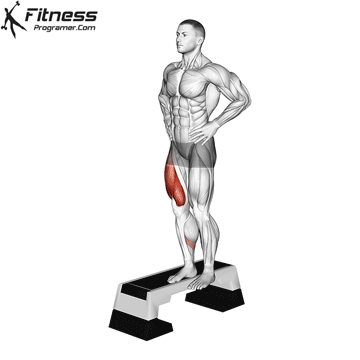
The antique of step aerobics is almost 25 years and is yet one of the most accepted and effective ways of exercising: in a class or at home. Step aerobics has all the benefits of a cardio workout to build strength and improve fitness without putting stress on your joints. All you require is a step and some upbeat music.
9- Jumping Rope
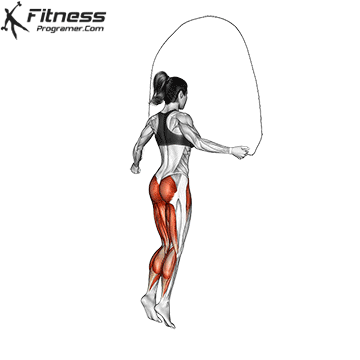
Jumping rope is one of the best aerobic exercises to burn fat and calories.
Jumping rope targets all of the muscle groups of the body when done right. Of course your heart and lungs are getting a workout here. But, you are also working your legs, especially your calf muscles. Someone who is jumping fast doesn’t have time to put their entire foot on the floor so only the ball of the foot touches. That means that the work is concentrated in the calves.
Your arms are working to turn the rope. In particular, your forearms and wrists are doing the work here. Unlike in grade school, your arms are kept at your sides with only the wrists moving to advance the rope.
And, throughout the entire workout, your abdominal muscles are keeping everything in balance. Keeping a tight core (including the back muscles) strengthens that area and also helps you stay in proper alignment for the exercise.
Try jumping rope for thirty seconds without stopping or pausing at the bottom to bounce. You were probably winded after the first fifteen seconds. Some people jump for minutes on end. It takes a lot of getting used to because it is a high impact exercise.
Alternate a minute of jumping rope with a minute of lower intensity work like the treadmill. If you can keep going for at least a minute at a time, you will see a lot more fat-burning potential than with low intensity workouts. Try this for 1-2 minutes at first until you get the hang of it, and then increase your time.
10- Elliptical Trainer
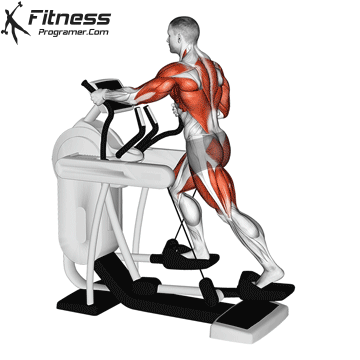
The elliptical trainer or cross-trainer works the whole body, providing an extremely good aerobic workout without putting pressure on the joints. With the elliptical trainer, the strain on your legs, hip and knee joints is reduced. Less stress on the joints means there is less chance of strain that can lead to injury.
One of the biggest problems with most types of exercise machines is the pressure or impact that can cause pain or injury at some point during the movements. Since your feet do not lose contact with the large pedals of the elliptical machines, they do not cause jolts in the feet, ankles or knees as in treadmill equipment.
11- Fitness Balls
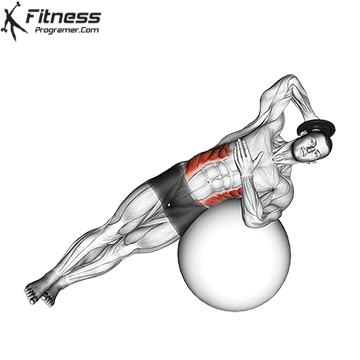
Fitness balls have been around for a relatively short time. They have been used in rehabilitation and regular fitness routines. If you want to increase your fitness level, begin with a ball workout and build up.
Fitness balls allow for exercise routines that won’t jar the joints or strain the muscles. You can work your core muscles as well as other muscle groups. Fitness balls are even great for strength training. They provide a way for people who haven’t exercised in a long time to get going slowly.
Why Use a Fitness Ball?
Basically, it provides you with gym equipment to use for exercise in your home.
One goal of exercise is to increase flexibility and balance. It is hard to perform certain moves if you are constantly off balance. Unsteady movements can lead to bodily injury.
As you lie across the ball to perform abdominal crunches or upper body exercises, you are allowing your spine to stretch out. Using the ball for strength training allows for a greater range of motion throughout the exercise than with weight machines.
As for balance, it is a ball and you are performing exercises on it. Sitting on the ball at a desk instead of a chair keeps your abs engaged as you constantly correct your posture to stay on the ball. When using the ball for back extensions, military presses or other exercises you have to plant your feet and squeeze your midsection to maintain your position on the ball. Both lead to better balance control.
Fitness balls work for people of all sizes and fitness levels. Increase flexibility and balance along with gaining strength.
12- Boxing
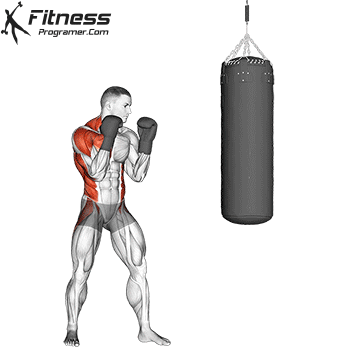
Boxing may look like a bunch of punches to the face and body but it is more than that. The entire body gets a workout when punches are done correctly. Techniques don’t have to be done on another person. Shadow boxing and using the punching bag increase proper technique and that in turn increases strength.
Boxing is a sport that can be utilized for means of defense as well. Being able to kick and punch effectively not only increases your power but also your confidence in your ability to defend yourself. These techniques are useful in other areas of your life besides just in the gym or aerobic class.
Boxing, whether sparring or aerobic, increases the fitness of the body. You can gain strength and endurance in these series of moves that is as effective as performing aerobics and weight training separately.
As fitness increases, proper execution will as well. Stronger moves increase muscle growth and can make a workout more effective than before.
The Bottom Line
Any activity that increases the heart rate and breathing rate, such as walking,jumping rope, running, cycling, swimming, hiking, is good for the heart.
Aerobic exercise is important for losing weight and improving cardiovascular health. To begin, working out at least 30-40 minutes a day three times a week will get you going and help you form the habit of fitness.
Remember that weight training should not replace a cardio workout. The best way to tone up your body is to alternate between aerobic exercise and weight training. This gives you the benefits of both to power maximum weight loss.

